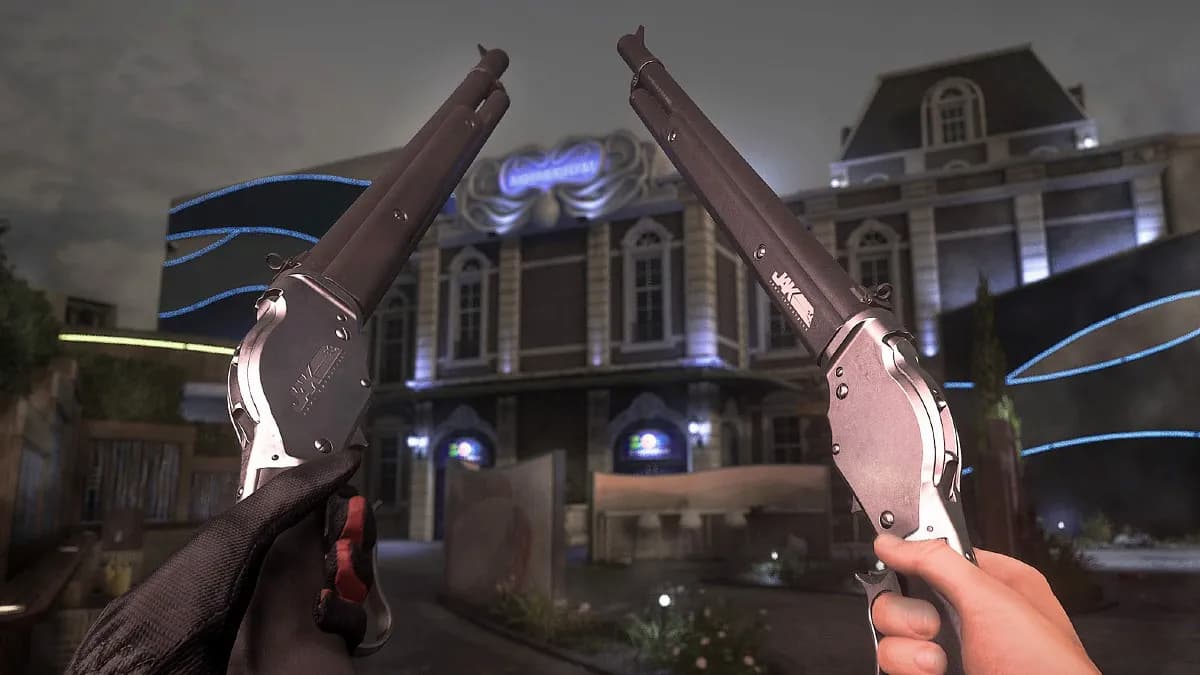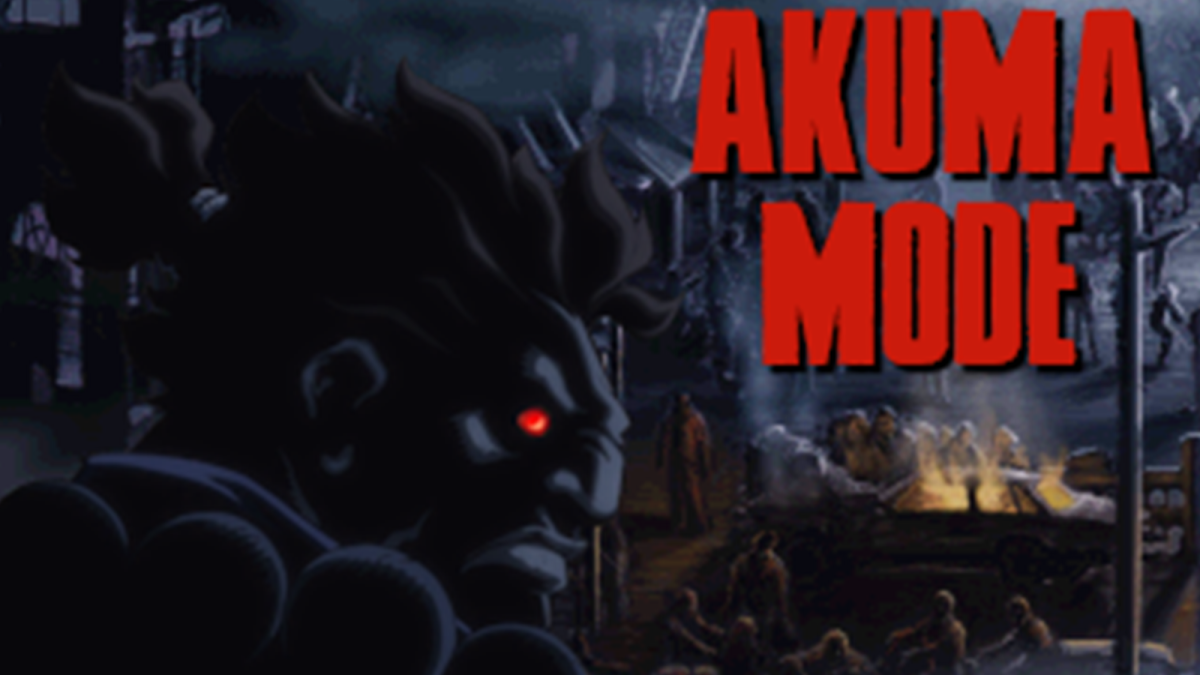Despite its unique gameplay, gorgeous visuals and inventive design, Viva Piñata never quite became a powerhouse Xbox 360 title, perhaps thanks to the guns n’ guts demographic that the system commonly appeals to. If the platform is the problem, then Viva Piñata: Pocket Paradise has a chance to prove itself, as Rare has temporarily broken the shackles as a Microsoft second party to team with THQ and bring its candy-stuffed world to the Nintendo DS.
So, how does Viva Piñata work on Nintendo’s handheld? Does the touch screen serve to improve or hinder? How has the game survived the graphical downscale? What color does a Fudgehog turn when you feed it a chilli? Some of these questions will be answered in this, the Destructoid review of Viva Piñata: Pocket Paradise.

Viva Piñata: Pocket Paradise (DS)
Developed by Rare Ltd.
Published by THQ
Released on September 02, 2008
If you’ve ever played the original Viva Piñata, then the premise behind Pocket Paradise will instantly be familiar, because it hasn’t changed one bit. You are a budding gardener, armed with a shovel, a watering can and a small patch of land. With these tools, you begin your quest to create an attractive and interesting garden so that you may entice brightly colored, living piñata to come and make their homes there.
The setting remains unchanged from the Xbox 360 original, and the same can be said for the gameplay too. In essence, Pocket Paradise is the original game through and through, just packed into a little DS cart. However, there are a number of improvements that the DS offers which makes gardening so much more efficient than in the game’s bigger brother.

First off, the touch screen interface works wonders and offers a level of control that the Xbox 360 controller simply cannot provide. clicking through menus, finding places on the map, and spreading grass around the garden are all used with the stylus and makes things much cleaner and faster. When the garden gets cluttered with objects, it can be a little difficult sometimes to select the item the you want when trying to poke at it with the stylus, but generally the touch screen simply feels right for a game of this type.

The game also makes use of the dual screen to provide a clearer set of objectives and information. Touching a piñata on the bottom screen will bring up information about it on the top one, instantly letting you know how to make it a resident in your garden or how to get it to breed. You can also swap screens at any given moment with the press of a button. Altogether, the game offers a more streamlined experience that’s far easier to get into than the console counterpart — certainly a boon when trying to appeal to DS owners.
Following on from that, it seems to be a little easier to attract piñata than it was in the console version. Usually I am against “dumbing down” a videogame, but for VP, where the idea is to kick back and have fun, making it less frustrating to get the animals to visit is a very good move and helps create a more enjoyable experience. Newcomers to the series will also get to indulge in a variety of tutorials (known as episodes) which uses characters from the awful cartoon show to teach you how to make Tafflies defecate fertilizer and tame one of the “sour” piñata into becoming a helpful garden resident. There is also a new “playground” mode for players to have fun in an environment lacking objectives and worries.

That said, there are still frustrations that have carried over into this portable version. You never get the feeling that you are designing the garden how you want, thanks to limited space and a need sometimes to just randomly park stuff wherever you can find the room. You still have to deal with the frustration of having piñata fight each other at all-too regular intervals, while you constantly run the risk of losing an animal you worked incredibly hard to get, be it through sickness of piñata-on-piñata violence.
The garden will likely also become very cluttered very quickly, and it can at times be too easy to accidentally sell the wrong item or find what it is you’re looking for. That said, the top down camera really helps to alleviate some of the frustration and it’s far easier to keep tabs on the garden as a whole from a lofty vantage point. Even so, the skewed perspective sometimes adds to the untidy feeling, especially when you end up placing objects behind one another and obscure your view — definitely not a good idea for fruit trees that drop delicious items on the ground.

Problems aside, the game is as addictive as it always was and the DS only exacerbates that. Winning the hearts of rare piñata is very rewarding indeed, as is feeding them the right thing in order to change their color and get a “variant.” Romancing is a lot more enjoyable now that the developers have removed the rubbish minigame that used to go along with it, and you will get to grow your garden, upgrade your tools and win certificates in place of achievements.
Visually, Rare has done a good job of keeping the look and feel of the original game without letting the DS’ limitations ruin things. Of course, there is no way that Pocket Paradise could hope to achieve the full look of the Xbox 360 version, which still has some of the best current-gen graphics to date, but this is definitely among the nicer looking titles on the DS’ handheld. The sound is ambient. Music is used sparingly, but well, and the general background sounds will just be those of your garden. There are some clips from the horrible cartoon show sandwiching each of the tutorials, but apart from that horrible screw up, the presentation is very nice indeed.

The world of Viva Piñata seems right at home on the DS. Despite carrying over some faults from the original and dealing with minor limitations, Pocket Paradise is a terrific addition to the DS library and in many ways improves upon the Xbox 360 version. For DS users, this is definitely worth checking out, as the freestyle, laid back approach to gardening is perfectly suited for a portable format. It’s just a shame that THQ decided to release it so close to Trouble In Paradise, as it’s certain to get overshadowed.
Score: 7.9 (Good. Replayable, fun, but nothing innovative or amazing. The game potentially has large flaws that, while they don’t make the game bad, prevent it from being as good as it could be.)





